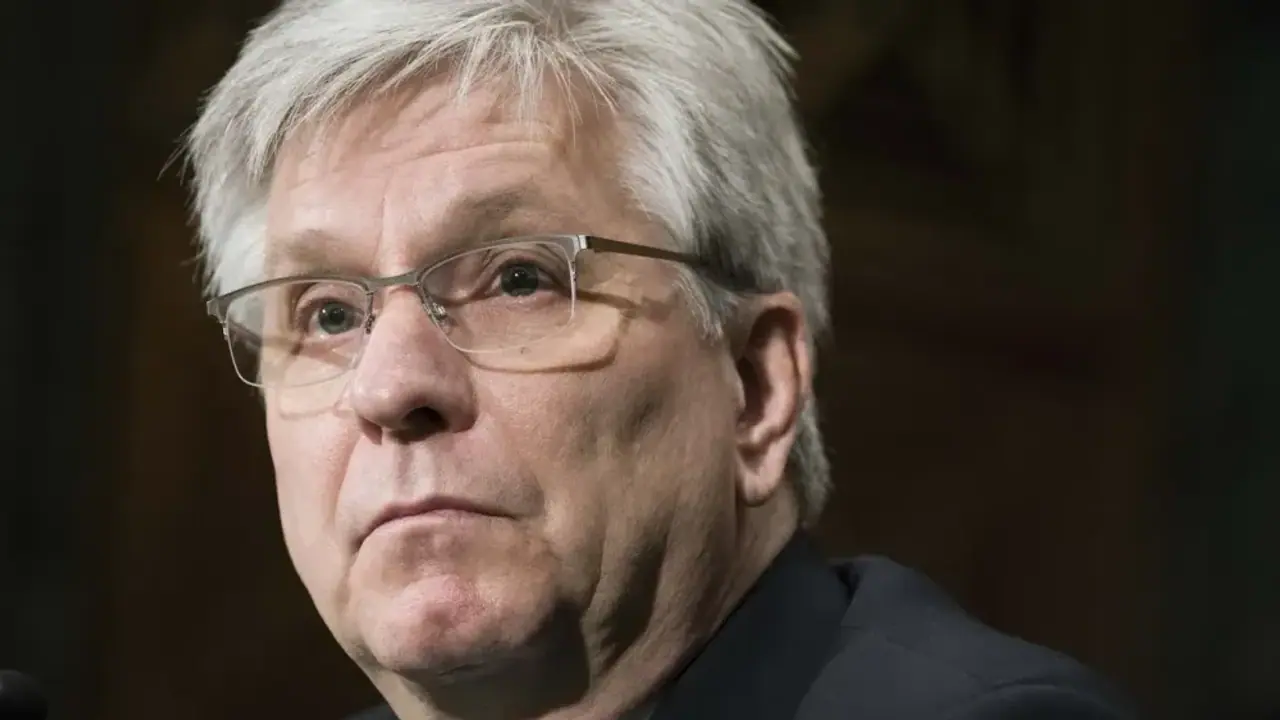He said any tariff-induced inflation will not be persistent and that inflation expectations were anchored.
Fed Governor Christopher Waller made dovish comments in his opening remarks on Sunday at the 2025 Bank of Korea International Conference.

In prepared remarks, Waller said he would support “good news” rate cuts later this year if the effective tariff rate settles close to his lower tariff scenario and the underlying inflation continues to progress toward the 2% central bank target.
Waller weighed in on two tariff scenarios
- Large-tariff scenario — trade-weighted tariff for goods imports of 25 percent, close to where things stood after the 90-day tariff suspensions announced April 9.
- smaller-tariff scenario — a 10% average tariff on goods imports would remain in place, but higher country and sector-specific tariffs would be negotiated down over time.
Under the first scenario, he expects the inflation based on the personal consumption expenditures (PCE) price index to peak around 4-5% on an annualized basis this year, depending on whether businesses pass through all of the tariff costs to consumers or absorb some of the increases.
He also expected the unemployment rate to rise to 5% in 2026 as the higher costs slow down the economy.
In the second scenario, Waller estimates the peak inflation on that same measure to be 3%. “Growth in output and employment would slow, with the unemployment rate rising but probably not as high as 5 percent,” he added.
As such, the Fed Governor said any tariff-induced inflation will not be persistent and that inflation expectations were anchored.
While stating that he would support looking through any tariff effects on near-term inflation when deciding the policy rate, the central bank said, “The strong labor market and progress on inflation through April gives me additional time to see how trade negotiations play out and the economy evolves.”
Fed Chair Jerome Powell's speech on Monday afternoon could provide more clarity on the rate outlook. Last week, he met with Trump and stressed that the path to Fed policy will depend entirely on incoming economic information.
The central bank’s next rate-setting meeting is scheduled for June 17-18.
The Invesco QQQ Trust (QQQ) ETF and the SPDR S&P 500 ETF (SPY) are up 1.7% and 0.9% this year, respectively.
For updates and corrections, email newsroom[at]stocktwits[dot]com.<
